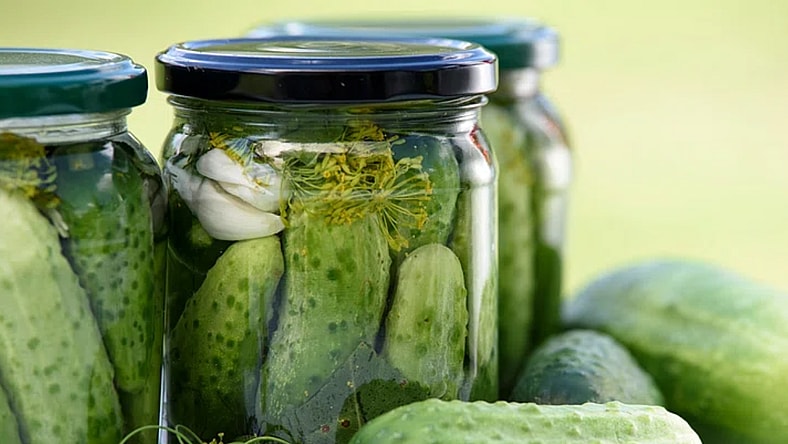
Before refrigerators and vacuum sealing, our ancestors had to get creative to keep food from spoiling. These food preservation methods from history range from the ingenious to the downright bizarre, revealing just how far people would go to survive, store, or even impress others with their edible innovations. Whether you’re a foodie or just love strange history, this list will leave you both fascinated and maybe a little grossed out.
8. Pickling Whole Birds
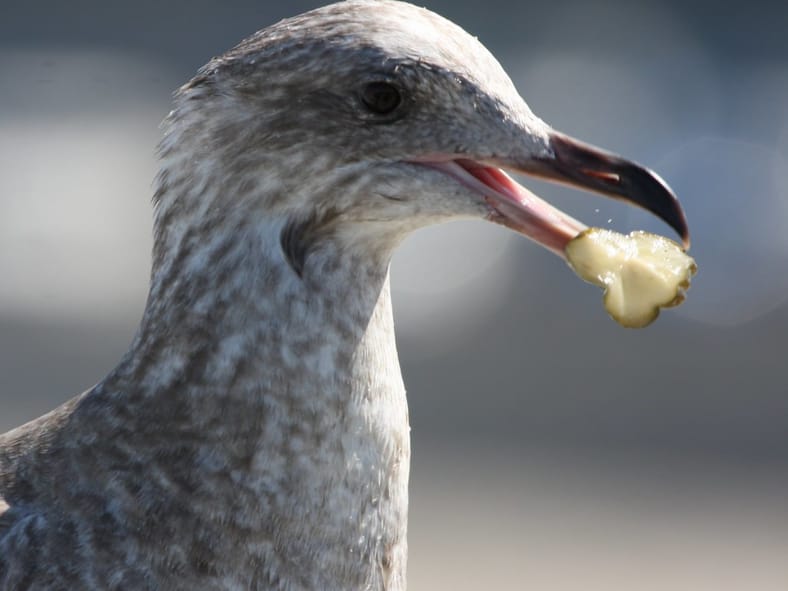
In some parts of medieval Europe, birds like pigeons and small fowl were pickled whole in vinegar or brine to preserve them. These jars of preserved protein could last for weeks or months without refrigeration and were often seen in royal kitchens and wartime rations.
Related: The Strangest Foods People Actually Ate in History
7. Smoking Everything from Eel to Eggs

Smoking meat and fish was used worldwide to extend shelf life while adding flavor. From Viking smokehouses to American smoke shacks, this method was as practical as it was tasty. Among several of the interesting food preservation methods from history, smoking remains a favorite for modern-day BBQ enthusiasts.
Check out: Unusual World Monuments With Surprising Backstories
6. Lye-Soaked Fish
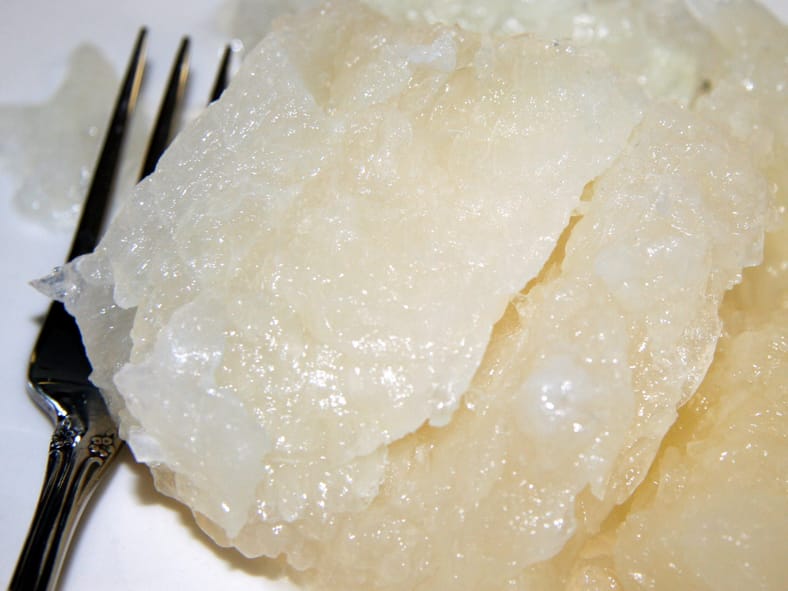
A modern dish called lutefisk is made by soaking dried fish in a lye solution for days until it takes on a jelly-like consistency. This Norwegian delicacy might sound like a chemistry experiment gone wrong, but it was once an essential way to make preserved fish palatable long into the winter months.
Also read: Everyday Things That Were Considered Ancient Luxury Items
5. Drying Fish in the Arctic Air
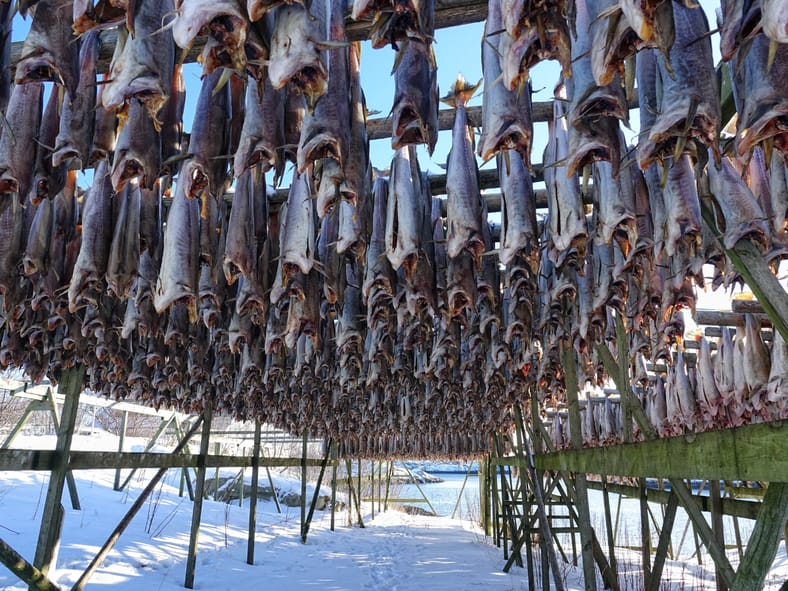
For Inuit communities, drying fish in the sub-zero Arctic air wasn’t just tradition, but it was survival. This method, which involves wind and cold temperatures rather than heat, has proved to be one of the smartest food preservation methods in history in regions with little access to fresh food year-round.
4. Burying Butter in Bog Water
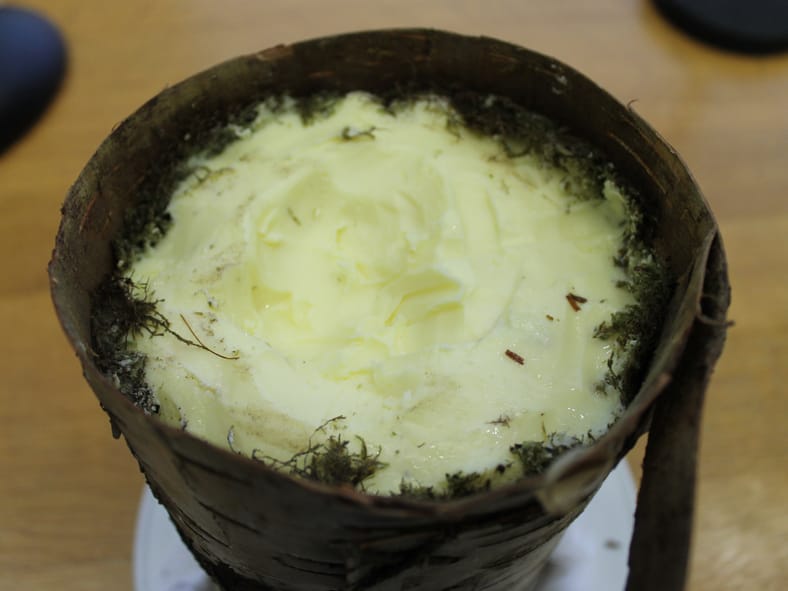
“Bog butter” refers to butter buried in peat bogs across Ireland, some over 3,000 years old. The cool, oxygen-free environment helped keep the dairy product preserved. While it may sound strange to most, modern archaeologists have confirmed it’s still edible, even if it’s a bit funky.
Related: Weirdest Fashion Trends in History That Actually Happened
3. Honey as Nature’s Eternal Preservative
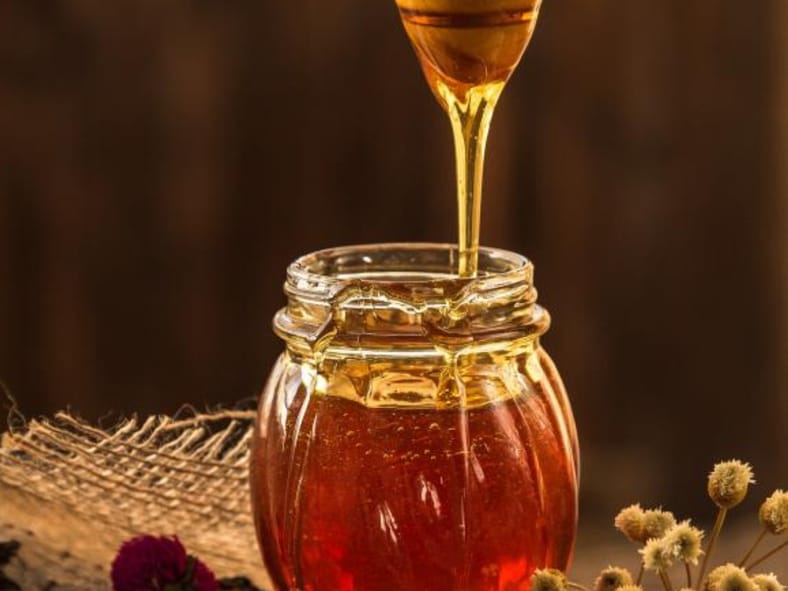
The ancient Egyptians used honey not only to sweeten food but also to preserve it. They sometimes even encompassed fruits and meats in jars of honey. Thanks to its antimicrobial properties, honey never spoils, making it one of the most delicious preservation tools in history.
Check out: What Is the Oldest Artifact in the World?
2. Salt-Curing Meat

Salt has been used for centuries to draw moisture out of food, which slows bacterial growth. From the Romans to Native American tribes, salting meat and fish became one of the most enduring food preservation methods in history, and it’s still used in everyday delicacies like prosciutto, sausage, and salt cod today.
Also read: Bizarre Ancient Beauty Trends That Will Shock You
1. Fermenting Fish in the Ground
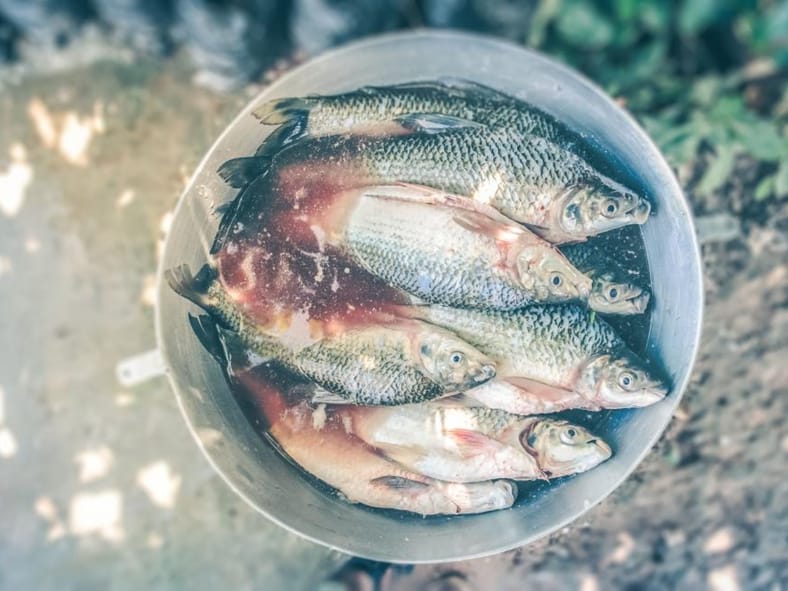
In 16th-century Sweden, herring was fermented underground in barrels to create surströmming, which is a pungent, salty dish that’s still consumed today. While it was originally used to make fish last longer without refrigeration, its smell is so strong that it’s banned on airplanes.
